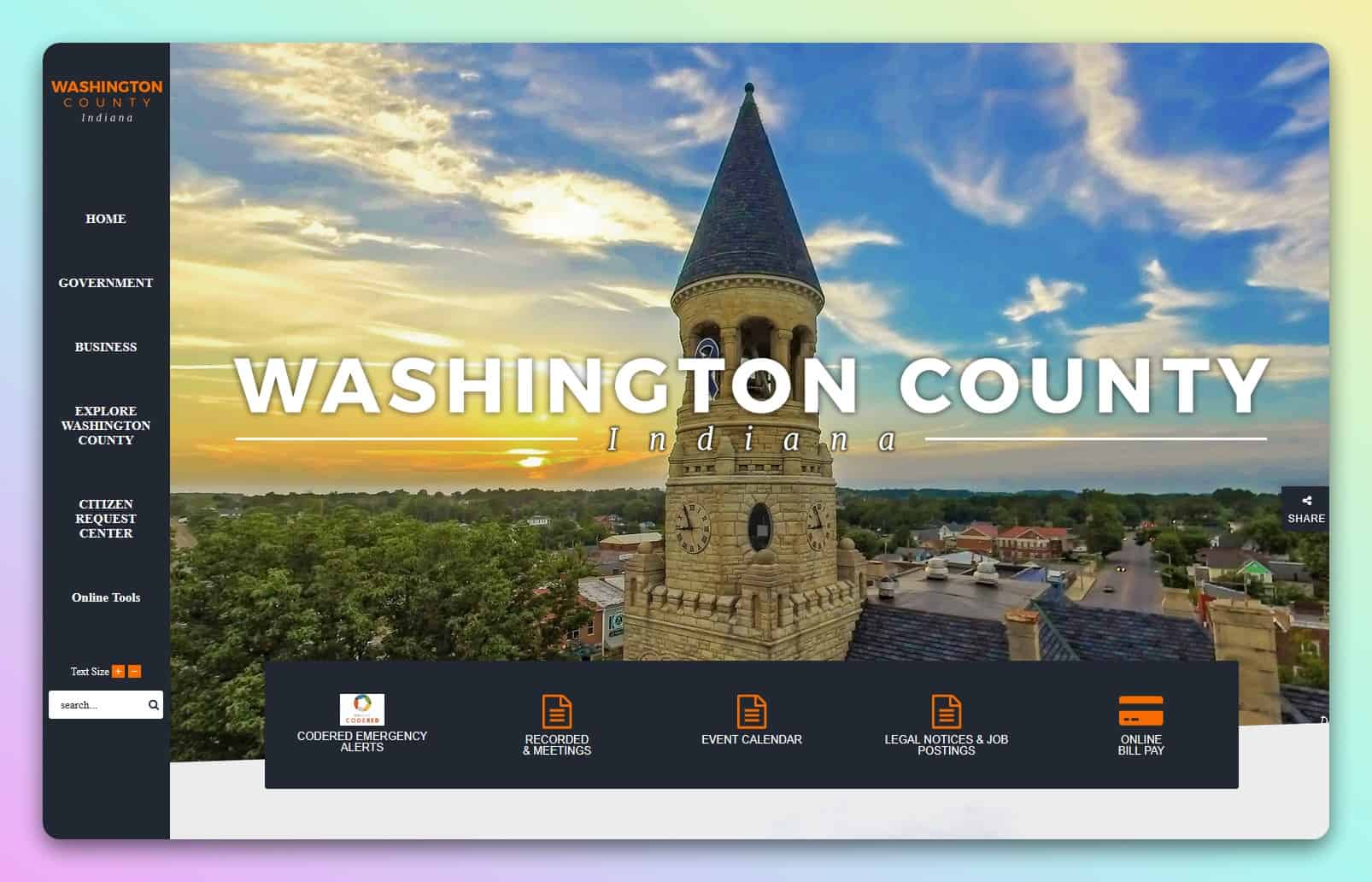I spent a portion of November finishing up essays in Wendell Berry’s What Are People For? Near the end was a couple of lines about farms and the land, distinguishing between “a farm” and “any farm” and developing a love for nature and place. As Berry tends to do, his thinking is poetic and prosaic.
Farming by the measure of nature, which is to say the nature of the particular place, means that farmers must tend farms that they know and love, farms small enough to know and love, using tools and methods that they know and love, in the company of neighbors that they know and love.
In recent years, our society has been required to think again of the issues of the use and abuse of human beings. We understand, for instance, that the inability to distinguish between a particular woman and any woman is a condition predisposing to abuse. It is time that we learn to apply the same understanding to our country. The inability to distinguish between a farm and any farm is a condition predisposing to abuse, and abuse has been the result. Rape, indeed, has been the result, and we have seen that we are not exempt from the damage we have inflicted. Now we must think of marriage.
Berry wrote this in the late 1980s, but the rules still apply today.
This got me thinking about digital goods like websites and how we might do well to treat websites as localized farms, developed by people who know their tools and care about the place. That we need to understand the methods of what we do and have respect for our visitors (our “neighbors”).
The other day, I spoke with someone who put together a Canva site for a Black Friday promotion. Except the buttons didn’t work and the page did several unexpected things once loaded, like bringing a flashing neon “Black Friday” video full screen. It’s hard not to count this as a “disaster.” People loading this thing could do nothing, so they did nothing. And what they could do was unintended.
The owner said he hated every minute of putting it together, but it was easier than his Wix site and he could use “all the same flyers and stuff I already made” just by “resizing a few things” for his website.
Of course, nothing about this was good. Even people who could not care less about design or typography or accessibility or really anything could see that when the sole button didn’t work, it was useless.
Canva and Wix are basically the “factory farms” of our digital agriculture
- Wix, Squarespace, Canva, and their ilk produce a monoculture of design
- The people tapping into these pages do not know or love their tools
- The intent of most of these pages borders on abuse to users, often by screaming at them to BUY NOW or sign up or take some other action
Of course, many professionally developed sites function similarly. But the inherent lack of creativity, the unbundling of skill, and the almost universal hatred for the task performed by site owners on the Canva-Wix-Squarespace crowd borders on what Berry might consider “rape” of our digital landscape.

